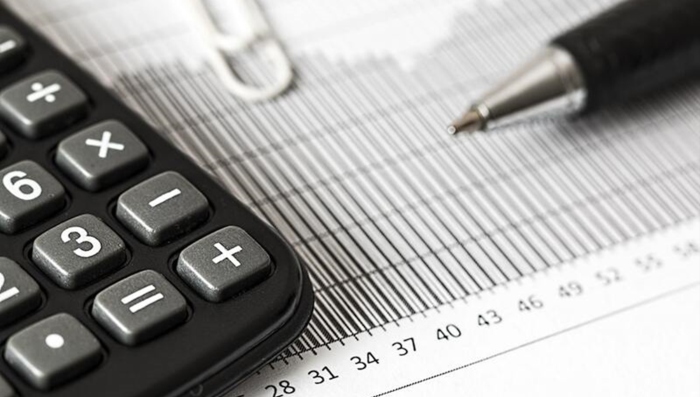
The UK tax year runs from the 6th April to the 5th April the following year; it is a confusing system, and one that many are agitating for the government to review in due course.
It is particularly confusing for the newly self-employed, who have to take responsibility for their own finances in a new and comprehensive way.
But the end of the tax year is not the tight deadline it can often seem to be – which if anything, can make sole traders even more nervous.
What are they forgetting?
The end of the tax year is not necessarily a matter of meeting obligations for the freelancer, but rather and opportunity to straighten things out, and to take advantage of unique tax opportunities.
What should you do before the end of the tax year?
Pay Into Your Pension
Your pension is a vital aspect of your wider finances, essential as it is for preserving your comfort and security in later life.
But, while its primary benefits lie in the long term, it can also provide benefits in the short term – particularly when it comes to tax.
As a self-employed worker with a private pension plan, your pension works for you in two ways.
For one, your provider ‘tops up’ your contributions each month; for another, you receive tax relief on any money sequestered into your plan – which can be realised by declaring your pension contributions on your tax return.
Everyone’s specific circumstances are different, but following a tax guide can help you with your own decision-making on engaging with your pension.
With the tax year drawing to a close, and if you have any remaining pension allowance, you could bring down your tax obligations for the tax year by maxing out your end-of-year contributions.
Use Your Annual ISA Allowance
Speaking of allowances, there is another way in which you can optimise your tax savings before the tax year is out.
This is largely helpful for those with large tranches of savings, but can also be good practice for if you are approaching a more profitable tax year.
ISAs are bank accounts that grant tax exemption to the interest you accrue.
But you are capped on how much you can sequester in an ISA or number of ISAs, with the current allowance being £20,000 per tax year.
If you have not met this amount yet, you could save yourself tax on interest – and free up more allowance for the next tax year – by moving more money into your ISAs before the 5th April.
This could be in service of your own savings, or to build investments for your wider family.
Plan for Your Tax Return
The major point of concern for self-employed people reaching the end of the tax year, is, naturally, the tax return.
Of course, the (digital) deadline for submitting your tax return is the 31st January – but crucially, this is for the previous tax year.
If you are one to struggle with your tax return right up to the deadline, this tip is for you.
Before the end of April, gather and log all information on your income and expenses while it is fresh in your mind.
You can effectively build the foundations for your next tax return now, and make submission as simple as plugging in the numbers whenever you are ready.
(image by Pexels licence free)

















Recent Comments